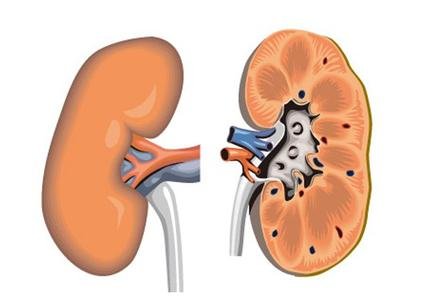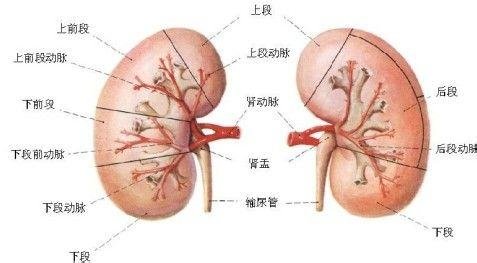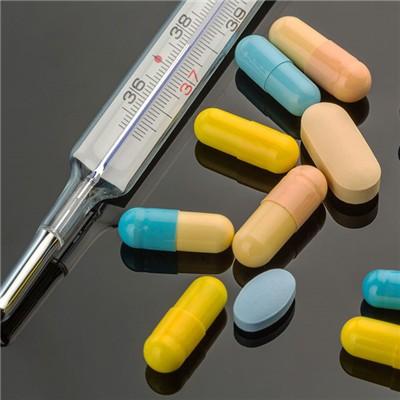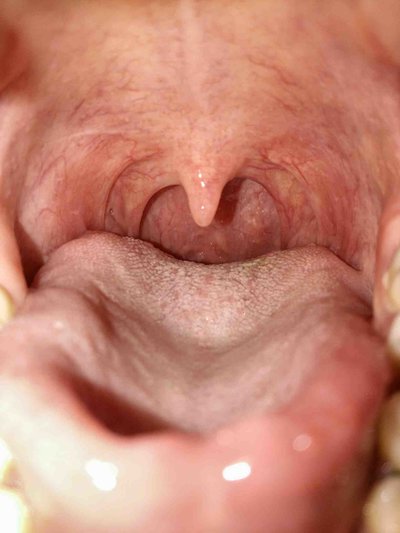How does membranous proliferative glomerulonephritis check?
summary
Membranoproliferative glomerulonephritis is one of the most rare types of glomerulonephritis, which is generally divided into primary and secondary. The former name of this disease includes mesangial capillary glomerulonephritis (MCGN), mesangial capillary proliferative glomerulonephritis, lobular glomerulonephritis, hypocompleminemic glomerulonephritis, etc. The disease is a syndrome with specific pathological morphology and immunological manifestations. How does membranous proliferative glomerulonephritis check? Next, I'd like to share my views with you.
How does membranous proliferative glomerulonephritis check?
Immunofluorescence: the characteristic change is that complement, especially C3 and immunoglobulin, are granular or banded distribution, which can show the outline of the lobule periphery, which is consistent with the deposition site of subendothelial immune complex observed by electron microscope. The morphology of the deposit is not as symmetrical as membranous nephropathy, and the granular distribution is not so obvious. The distribution of resolvent and factor B is similar, The granular deposition of mesangium may or may not be obvious. In a few type I patients, the deposition of immune complexes along the tubule basement membrane and (or) extraglomerular blood vessels can be seen. The composition of the deposited immune complexes may be very different, which may reflect a variety of reasons for type I. the deposition of C3 in most patients is more obvious than any immunoglobulin, and some of them are mainly IgG or IgM; There are a few IgA nephropathy, which can be considered as mesangial capillary glomerulonephritis,

Electron microscopy: the typical ultrastructural features are the extension and interposition of mesangial cells and matrix between glomerular capillary basement membrane and endothelial cells, and the deposition of electron dense immune complex. The name of mesangial capillary glomerulonephritis is derived from this change of mesangial and capillary vessels in type I lesions, New basement membrane materials were found around subendothelial deposits and near the cytoplasm of mesangial cells. In the areas of mesangial cell proliferation and mesangial matrix expansion, there were usually scattered dense deposits. There were different amounts of electron dense deposits under the epithelium. When the number was enough, it was similar to membranous nephropathy, Some renal pathologists call it "mixed membranous and proliferative glomerulonephritis", or "type III mesangial capillary glomerulonephritis" proposed by Burkholder. There are very few lesions with glomerular damage similar to that of type I under light microscope and immunofluorescence,

Light microscopy: the main changes of type I membranoproliferative glomerulonephritis were diffuse thickening of capillary wall and proliferation of intravascular cells, as well as infiltration of mononuclear leukocytes and neutrophils. The mesangial area and capillary wall showed different degrees of expansion due to cell proliferation and increased matrix, usually affecting almost all lobules uniformly, It can cause prominent lobulated structure of capillary plexus, so it was called lobular glomerulonephritis in the early stage. As for whether there is causal or sequential relationship between lobulated and non lobulated lesions, it has not yet been determined. The mesangial area is obviously expanded to form nodular, and there may be sclerotic foci in the middle of the nodules, which is similar to diabetic glomerulosclerosis or light chain deposition disease, However, combined with the results of light microscopy, immunofluorescence and electron microscopy, this disease can be easily distinguished from other diseases,
matters needing attention
Prevention should start from their own health, usually avoid fatigue, reasonable diet, scientific exercise, enhance physical fitness, improve the body immunity, in order to prevent disease. For the patients who have already suffered and have complications, we should actively and effectively prevent and treat the primary diseases and complications. Once infection is found, antibiotics sensitive to pathogenic bacteria, powerful and non nephrotoxic should be used in time. Those with clear infection focus should be removed as soon as possible to prevent the progressive development of renal insufficiency.















